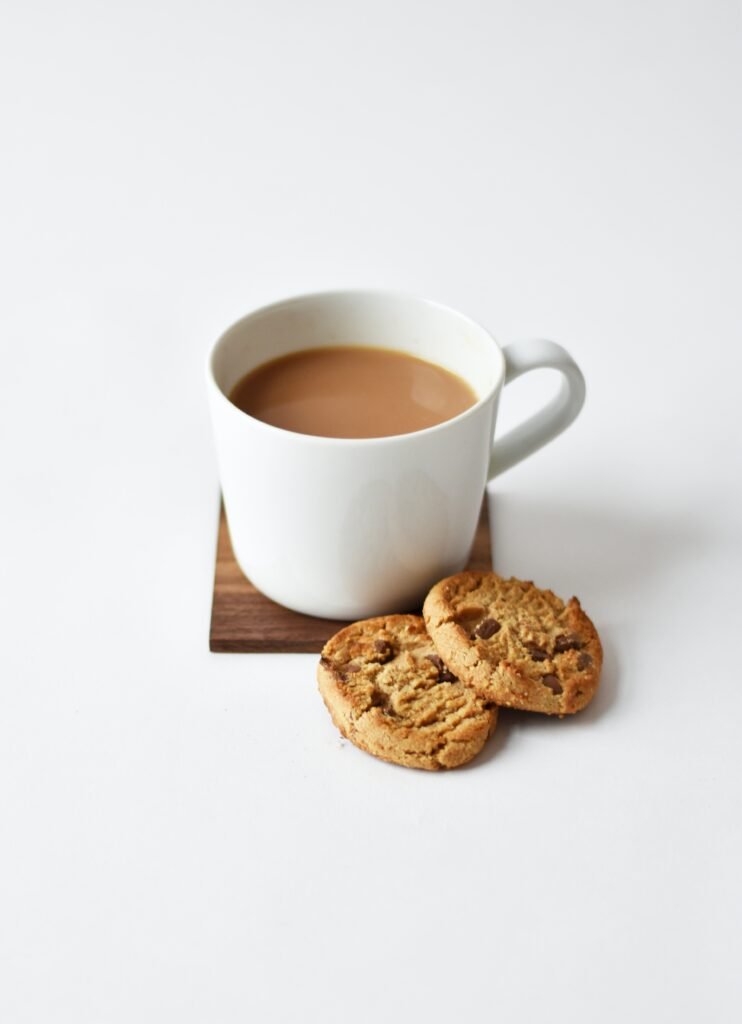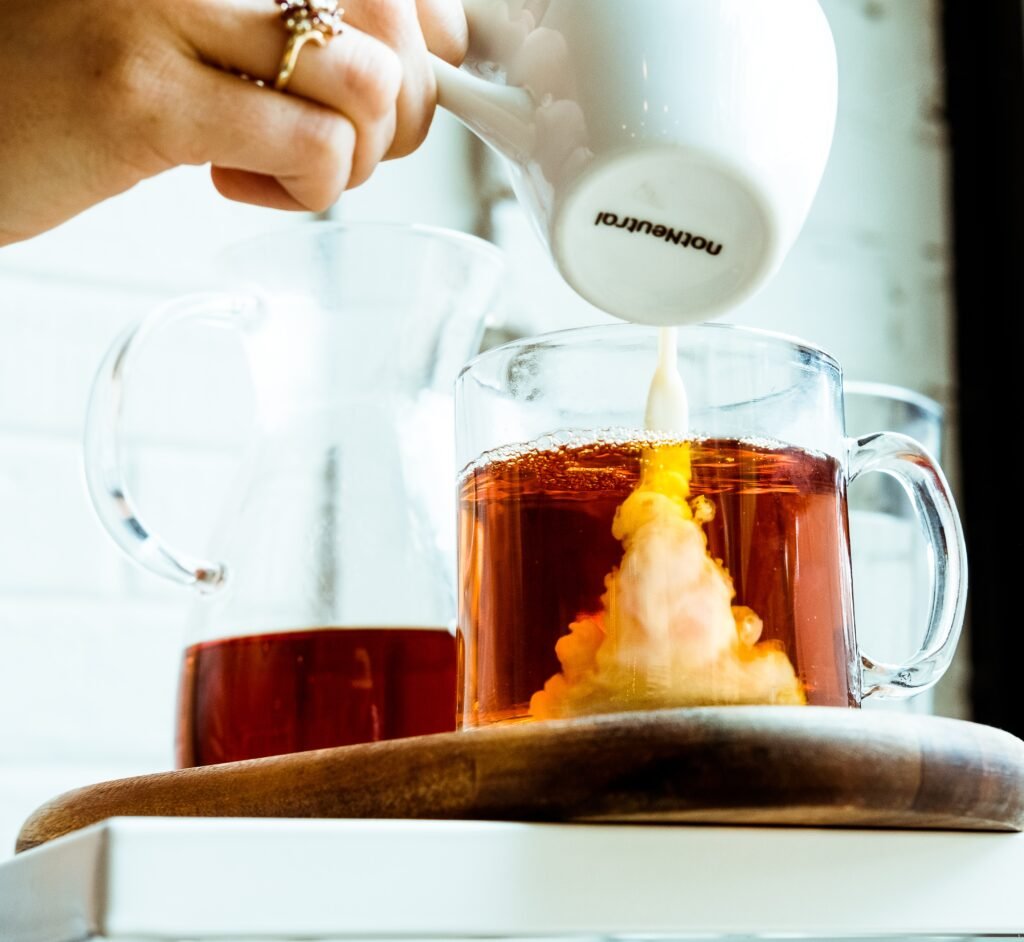In the world of teas, CTC holds a distinct position. Known for its unique characteristics and bold flavors, CTC tea has gained popularity across the globe. In this article, we’ll explore the essential features that make CTC tea stand out from other types of teas. Characteristics of CTC Tea

- Introduction to CTC Tea
- The Process of CTC Tea Production
- Distinctive Appearance and Aroma
- Strong and Bold Flavor Profile
- Popular Varieties of CTC Tea
- Brewing Techniques for CTC Tea
- Health Benefits of CTC Tea
- CTC Tea in Culinary Uses
- Global Demand and Trade
- Sustainability and Ethical Practices
- Challenges and Future Trends
- FAQs about CTC Tea
- Conclusion
Introduction to CTC Tea
CTC stands for “Crush, Tear, Curl,” a unique tea processing method that involves crushing the tea leaves into small particles, which are then rolled into pellets. This process gives CTC tea its distinct appearance and bold flavor profile. CTC tea is commonly used in tea bags and is renowned for its strong infusion and brisk taste.
The Process of CTC Tea Production
The production of CTC tea involves several steps. First, fresh tea leaves are harvested and withered to reduce moisture content. Then, the leaves undergo the CTC process, where they are mechanically crushed, torn, and curled. This process enhances oxidation and helps develop the tea’s robust flavor.
Distinctive Appearance and Aroma
CTC tea leaves are characterized by their small, uniform pellets. These pellets unfurl during brewing, releasing a rich and inviting aroma. The appearance and aroma of CTC tea set it apart from other types of tea, making it a favorite among tea enthusiasts.
Strong and Bold Flavor Profile
When it comes to flavor, CTC tea doesn’t disappoint. The combination of the unique processing method and the smaller leaf particles leads to a stronger infusion. CTC tea boasts a bold, brisk, and full-bodied flavor that’s perfect for those who prefer their tea with a robust kick.
Popular Varieties of CTC Tea
CTC tea is produced in various regions, each imparting its distinct characteristics to the final product. Some popular varieties include Assam CTC, Nilgiri CTC, and Kenyan CTC. These teas showcase the diverse flavor profiles that can be achieved through the CTC process.
Brewing Techniques for CTC Tea
Brewing CTC tea requires attention to detail. Typically, boiling water is poured over the tea leaves, and the tea is steeped for a short time. The strong nature of CTC tea allows it to hold up well to milk and sugar, making it a staple in many cultures’ tea rituals.
Health Benefits of CTC Tea
While CTC tea is known for its robust taste, it also offers health benefits. Rich in antioxidants, CTC tea can contribute to overall well-being. It has been associated with promoting heart health, boosting metabolism, and providing a caffeine kick without the jitters associated with some other beverages.
CTC Tea in Culinary Uses
CTC tea isn’t limited to just being a beverage. It finds its way into culinary creations as well. From flavoring desserts to marinating meats, CTC tea’s strong essence adds a unique twist to a variety of dishes.
Global Demand and Trade
The demand for CTC tea remains strong worldwide. Its strong flavor and versatility make it a staple in many households and restaurants. CTC tea is a major player in the global tea trade, with significant exports and imports across various countries.
Sustainability and Ethical Practices
As the demand for CTC tea continues to rise, the focus on sustainability and ethical practices becomes crucial. Efforts are being made to ensure that CTC tea production is environmentally friendly and supports fair labor practices.
Challenges and Future Trends
Like any industry, the CTC tea sector faces challenges. These include climate change, market fluctuations, and maintaining quality standards. However, innovative practices and consumer awareness are driving positive changes in the industry’s future.
FAQs about CTC Tea
- What does CTC stand for in CTC tea? CTC stands for Crush, Tear, Curl, which is the tea processing method used to create this type of tea.
- Is CTC tea stronger than other teas? Yes, CTC tea is known for its strong and robust flavor profile compared to other types of tea.
- Can CTC tea be brewed without milk? Absolutely! CTC tea can be enjoyed with or without milk, depending on your preference.
- Is CTC tea high in caffeine? Yes, CTC tea tends to have higher caffeine content compared to some other teas.
- Can I use CTC tea for iced tea preparations? Certainly! CTC tea’s strong flavor makes it a great choice for making refreshing iced tea.
Conclusion
In the world of tea, CTC stands as a bold and distinctive option. Its unique processing method, strong flavor, and versatile uses make it a favorite among tea enthusiasts. As the tea industry evolves, CTC tea continues to hold its ground, offering a robust experience to those who appreciate a hearty cup of tea.
Contact Details:- 9499347308


